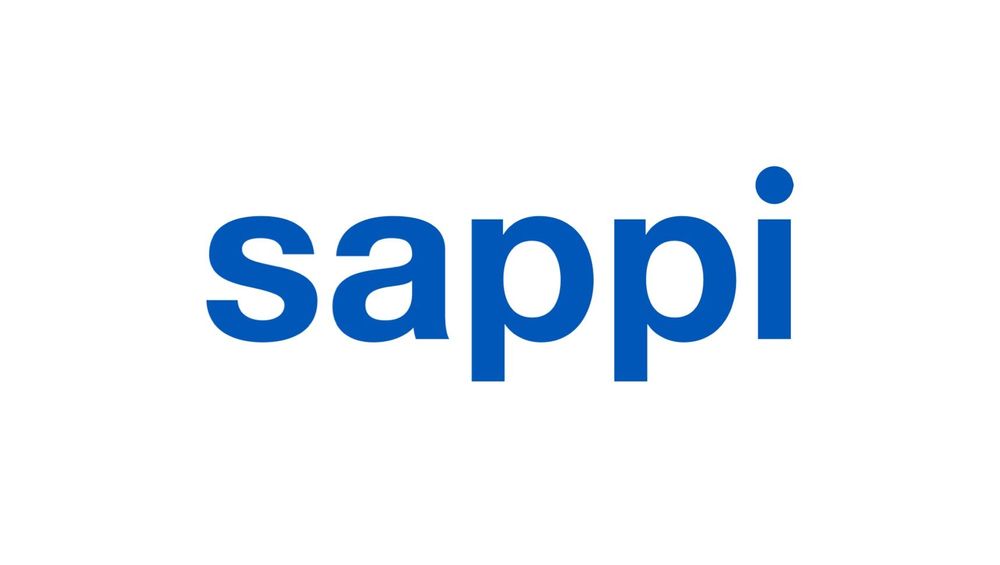A Letter From Sappi North America's CEO and President Mark Gardner
Gardner discusses the state of sustainability at Sappi

2018 was an enormously important, transformational year for Sappi North America (SNA). We executed on several fronts to make our company sustainable for the long term. Through significant investments in our people and in our mills, and rigorous attention to our high standards for safety, operational efficiency and environmental stewardship, we are well on our way to becoming the thriving, diversified, growing business we set out to be just a few years ago. Let me share a few of my highlights and reflections for the future:
Safety
Thanks to the full organization’s focus on safety, we achieved a Lost Time Injury Frequency Rate (LTIFR) of 0.35 for the year—the lowest in Sappi North America’s history. I am very pleased by this result, particularly when viewed against the backdrop of several significant capital projects which brought new contractors, vendors, and equipment to the mills. We remain committed to our goal of zero injuries and will continue to invest in programs to instill personal safety awareness and accountability as well as the basics of safety training.
Management of change
In fiscal year 2018, employees at SNA, including both hourly and salaried, received on average 114 hours, or nearly three weeks, of training. This is a big investment, but vital to our success as we recruit new talent onto our team or ask our veteran employees to take on new challenges. With our entry into new packaging markets, a full management of change training program was undertaken at the mills with our marketing and sales teams, as well as technical service, credit, and logistics—all to ensure that we are capable of meeting customer expectations that are new to us.
Reduction of waste and investment in efficiency
No company can be truly sustainable without having the right DNA around driving out waste and inefficiency. To do otherwise is costly, squanders natural resources, and hurts our competitiveness. While we sustain a very low carbon footprint (0.38 tonne/admt) due to our high reliance on renewable fuels like biomass, we also strive towards a smaller footprint through overall energy efficiency and waste reduction in both our paper and pulp mills. This year, we saw particular success in reducing waste in our pulp mills, achieving an 18 percent reduction from our 2014 baseline.
Forest stewardship
Healthy, robust, well-managed forests are not just our lifeblood, but a national treasure, providing a haven for wildlife, protecting watersheds, and playing a critical role in the carbon sequestration cycle. Sappi North America understands this holistic picture and sources wood and pulp for its mills only from wood baskets that are known to be low risk and sustainably managed. In fact, we see responsible sourcing of fiber for our products as a key way to create value in standing forests and avoid conversion of forests to other uses like commercial development. In 2018, 58 percent of our wood fiber was certified and, as importantly, 100% of our wood and pulp is sourced from well-managed forests, avoiding controversial sources. SNA also contributed to educational outreach among loggers, local communities, and schools to build awareness of sustainable forestry.
Sustainable success
Back in 2015, Sappi Limited laid out a vision for the future. In our 2020Vision, we declared that within five years, we would be a $1 billion EBITDA company with a strong balance sheet, and with three healthy businesses: printing papers, packaging and specialties, and dissolving wood pulp. With the close of fiscal year 2018, we are three years into that journey and have made much progress: Group EBITDA was at $762 million, and even with significant capital expenditure for growth projects, net debt to EBITDA remained at our target ratio of two times. Notably, packaging and specialty paper volumes worldwide exceeded 1 million tons, reaching a key benchmark for diversifying our product portfolio.
Sappi North America on the move
Here in North America, that success is tangible. In the last few years, we have completed the modernization of our wood room at Somerset to reduce waste and cost, and we have completely rebuilt Somerset PM1 to make a full range of quality paperboard grades—branded as Spectro, Proto and LusterFSB—as well as maintained production of our iconic web graphic grades, Opus and Somerset. At Cloquet, we upgraded the headbox on PM12 to expand our capabilities to make complementary packaging and graphic grades, and we are well on our way to completing a de-bottlenecking project in the pulp mill to increase production of Verve—the Sappi-branded dissolving wood pulp product sold worldwide.
Thoughts on the future
True success is earned only when our customers and our suppliers choose to do business with us, and our local and global communities respect and trust the integrity of the actions we take. We know that there are many choices in the marketplace and that to achieve sustainable business success, we must share our vision and strategy with our employees, and all of our constituents whose trust we depend on. The stories and case studies contained in this year’s Sustainability Report are part of that compact. I look forward to a successful 2019 and beyond, and thank you for your support—it is never taken for granted.
Mark Gardner
President and CEO, Sappi North America
Read more from Sappi North America's 2018 Sustainability Report here: tiny.cc/SappiNA_SR18

